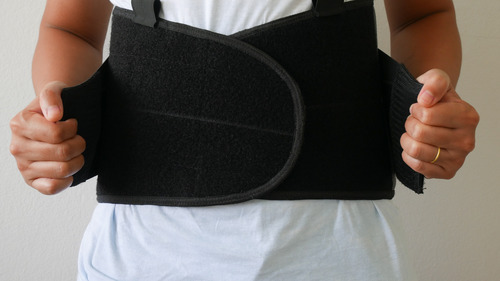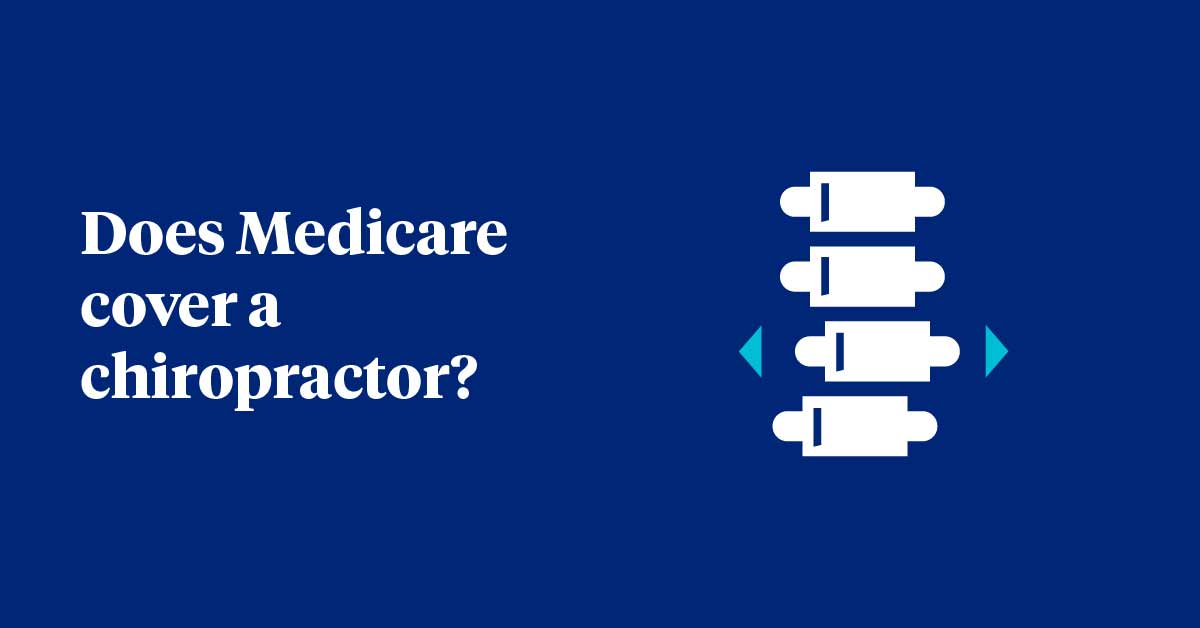Pain management is a crucial aspect of healthcare that focuses on alleviating pain and improving overall patient well-being. There are three main types of pain management techniques commonly used in medical practice: non-pharmacologic, pharmacologic, and interventional approaches.
Non-pharmacologic pain management entails utilizing non-medicated methods to relieve pain. These techniques often involve the use of physical therapies, such as physical exercise, yoga, acupuncture, massage therapy, heat or cold therapy, and transcutaneous electrical nerve stimulation (TENS). These non-invasive treatments aim to reduce pain by improving blood circulation, releasing endorphins, and reducing muscle tension.
On the other hand, pharmacologic pain management involves the administration of medications to alleviate pain. The choice of medications depends on various factors, including the type and intensity of pain, the patient’s medical history, and possible drug interactions. Commonly used medications include nonsteroidal anti-inflammatory drugs (NSAIDs), opioids, muscle relaxants, antidepressants, anticonvulsants, and topical creams or patches containing analgesic substances.
Interventional pain management approaches involve more invasive techniques to address pain. These procedures are typically performed by pain management specialists and include nerve blocks, epidural injections, radiofrequency ablation, spinal cord stimulation, and intrathecal drug delivery systems. Interventional techniques aim to target specific nerves or areas causing pain, providing localized relief and reducing the need for systemic medications.
The choice of pain management technique depends on the underlying cause of pain, the duration and severity of symptoms, and the patient’s individual preferences and medical history. Some cases may require a combination of different approaches to achieve optimal pain relief.
In conclusion, pain management encompasses a variety of techniques to alleviate pain and improve patients’ quality of life. Non-pharmacologic, pharmacologic, and interventional approaches are the three primary methods utilized. By tailoring the pain management approach to individual patients, healthcare professionals strive to provide patients with the most effective and personalized pain relief strategies.
Is physiatry the same as pain management?
A physiatrist is very similar to a pain management physician, but differs in a few key areas. Physiatrists are MDs trained in physical medicine, rehabilitation, and pain management. You could say that physiatrists are pain management physicians, but not all pain management doctors are physiatrists.
What do you do when your chronic pain is unbearable?
– Heat and cold. …
– Topical medication. …
– Over the counter pain medication. …
– Taking your prescribed pain medication. …
– Stretching and light exercise. …
– Getting your feelings out. …
– Using positive mantras.
What is the most common form of pain management?
The most common form of pain management is medication. When used correctly, it is an effective way to relieve pain and help patients manage their conditions. It can be OTC, prescription medications, creams, gels, or injections.
What is another name for a pain management specialist?
One type of doctor skilled in treating pain is a physiatrist – pronounced fizz-EYE-a-trist – not to be confused with a podiatrist or psychiatrist. Trained in physical medicine and rehabilitation, physiatrists are highly skilled at diagnosing and treating acute pain, chronic pain and musculoskeletal disorders.
Do chiropractors recommend back braces?
A chiropractor or physiotherapist may suggest a back brace for the following reasons: To support your spine following an injury or surgery. To support your posture during heavy lifting or sports. To support your spine during work or everyday activities.

How many hours should you wear a back brace?
Your doctor will make a recommendation based on how severe your scoliosis is and when your bones are likely to stop growing. A lot of doctors recommend wearing the brace for around 18 hours per day. That means you’ll usually have to wear it at night too.
Do back braces straighten your spine?
Braces have been used to treat scoliosis for over 450 years, but there are still questions about their effectiveness. Braces can only slow or stop the progression of a spinal curve. They can’t get rid of the curve or straighten out the spine.
Is it OK to wear a back brace all day?
It is important to note, that back braces are not meant to be worn all the time. Listed below are some activities which maybe appropriate to wear a brace however it is not meant to be worn more than about 2 hours daily. Excessive use of a back brace can actually lead to muscle atrophy and weakening of your core.
Can you sleep with a lower back brace on?
Taking breaks from wearing a brace is essential to prevent muscle weakness, and overnight is a good time to take this break. Finally, wearing a posture brace to bed can interfere with your sleep, which can have a negative impact on your overall health.



